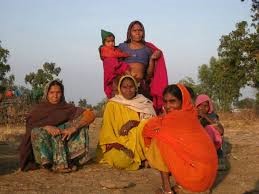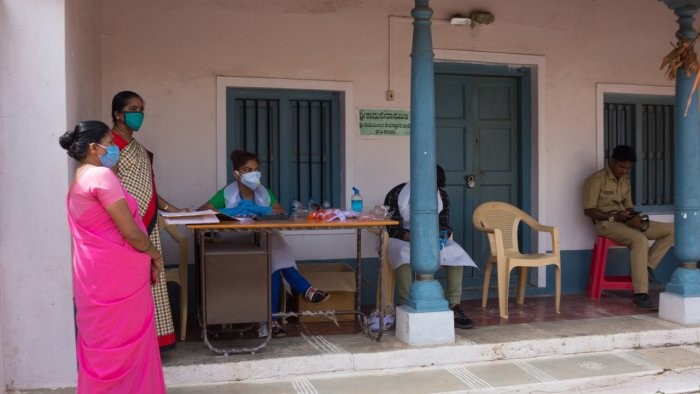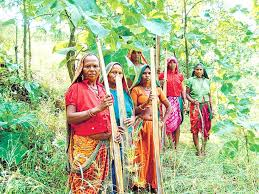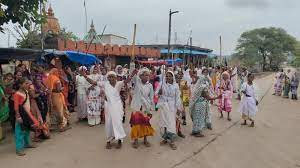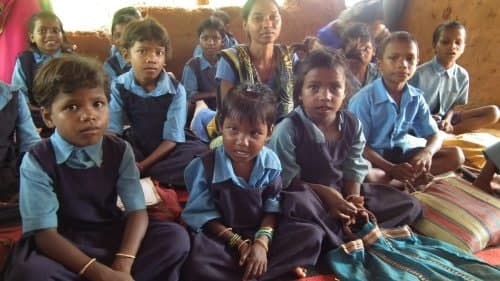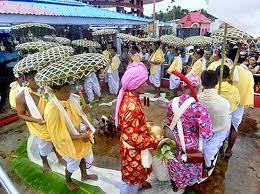Brick By Brick, Grain By Grain, Gyarsi Bai And Team Stock Up Against Starvation
Brick By Brick, Grain By Grain, Gyarsi Bai And Team Stock Up Against Starvation The sun is about to set in Sunda village in Kishanganj block of Baran district that lies in southeast Rajasthan, on the border with Madhya Pradesh. A group of men and women dig the earth with spades on a small plot […]
Brick By Brick, Grain By Grain, Gyarsi Bai And Team Stock Up Against Starvation Read More »

